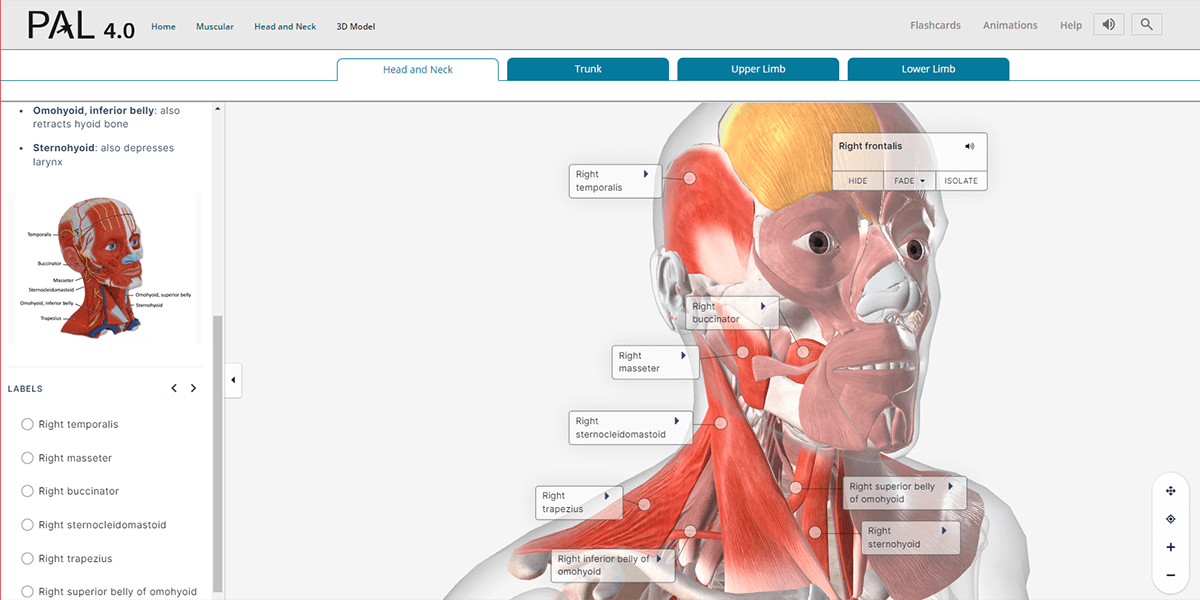With so many students transitioning from campus education to online education, I’m reminded of my own experience. Shortly after finishing an in-person undergraduate program I entered my career and realized that the only way to pursue a master’s degree would be to complete it fully online.
Embarking on a new adventure is always a little scary. But I think it hit me — a self-identified introvert — more than some of my peers. I’m not a spontaneous person and it takes a long time for me to warm up to change. To be honest, it wasn’t until senior year that I felt like I understood how to take notes properly and do well at the collegiate level. Now I had to learn how to be a student all over again? Yikes!
As it turned out — like most things turn out — the change wasn’t that bad. Yes, there was a transition period and I made a few rookie mistakes along the way, but soon I discovered that there’s a lot to love about online education: as a scholar, someone juggling many obligations, and as an introvert.
Now I wouldn’t have it any other way. Here’s some of the best tips, tricks, and self-assurances I can give to students going on a similar journey.
Participation
Despite being a good student, I always lost “participation points” in my on-campus classes. And I knew exactly why.
With a classroom full of peers staring me down, I was too shy to raise my hand and engage with the lecture. In the rare instance where I wanted to, my extroverted classmates sucked up the energy and left no time for the timid. When I did manage to be brave, whatever brilliant thought I had seemed to always come out as blubbering nonsense when spoken aloud.
Online participation is totally different, and totally my jam. I love having the ability to proofread my thoughts, edit them clearly, and possibly throw in a splash of research before submitting. I feel more comfortable diving into the curriculum knowing that I’m not in the spotlight. At the same time, no one is in the shadows either. Extroverts and introverts are given the same opportunity to contribute, adding more voices to the discussion and more ways to learn from each other.
Though there are some things I miss about meeting on campus — such as catching up with my friends before class — the one thing I never, ever miss is in-person participation.
Time management
Another great thing about distance learning is flexibility. Gone are the days of set class times, juggling life around a Tetris-like schedule, and waking up before dawn to avoid a fight over decent parking. Want to watch a lecture at midnight instead of 2:30 on Tuesday? No problem. Need to cover someone’s shift? Easily adjusted. When and how you study is totally up to you, just as long as you can still meet the assignment deadlines.
With that said, the biggest challenge of online education is also flexibility. Without those set class times, coming up with a time management strategy is your responsibility. And it’s easy to procrastinate. Can I binge this TV show? Well sure, I’ll just do my homework at three in the morning. No problem.
Surprise, surprise, it can be a problem. The best advice I can give to online learners is to come up with a study strategy as early as possible. Most programs require at least 15-20 hours a week of study time and finding gaps in your calendar for those hours should be a big priority.
When possible, use mind games to trick yourself. I set alarms on my phone every night as a reminder to study. I used TV shows and video games as rewards for finishing projects early. Checklists became my best friend. It took me a while to realize that small goals worked best. Here’s an actual checklist I found from one of my classes:
- Read first paragraph of chapter 5
- Write 100 words on week 2 discussion
- Read description of week 5 essay
- Think about essay/Come up with 1 idea
The secret of small goals is that they’re much easier to actually make progress on. Completing the task of reading one paragraph is a lot more doable than reading 50 pages. Writing 100 words is more realistic than writing five pages. Yet all progress is progress and having small goals every night is the best way to prevent cramming before something is due. Also, you may be surprised to find that when you set out to read a single paragraph you will inevitably end up going much further.
Every student has their own tricks and techniques they use to stay motivated and meet deadlines. Online students are no different, but because the flexibility makes procrastination easier, it’s a good idea to plan on using all your best strategies every week, if not every day.
Meeting with the instructor
In online education, there’s an increased hesitancy for students to set appointments with their instructor. This is something I noticed from personal experience and something I’ve struggled with as an introvert all my life. It’s not that I don’t value having a substantial conversation with faculty; it’s that I get nervous asking for one-on-one support.
On campus it feels slightly less awkward to set up face-to-face time. Instructors typically list their office hours clearly in the syllabus, and the location of their physical office where it’s possible to drop by and ask questions.
In the online world, I was so used to email communication that it never occurred to me to set up voice-to-voice communication. I remember thinking that such a request might come across pushy. I figured a lack of personal connection was just a downside to learning online.
None of that is true, of course. Online students are encouraged to have just as much access to their instructors as campus students. In many ways, it’s easier to connect online thanks to the variety of options (phone, chat, video conference).
Once I discovered that I could talk through complicated questions with my professors, my entire experience changed. I not only gained clarity on assignments, I developed personal connections that lead to increased learning and even letters of recommendation down the road.
I know how challenging it can be to find the courage to set up appointments like that, but I promise it’s worth it. Next time you’re drafting a long email to your instructor, stop and ask if your question can be better addressed through conversation. If so, consider sending a much shorter email like this:
Dear Instructor,
I have several questions about the recent homework. When possible, can we set up a time to talk through the specifics?
Best regards,
Justin
Overall
Yes, online education is different — but different doesn’t have to be scary. It took me a minute to reach that conclusion — okay, maybe longer than a minute — but now I wouldn’t have it any other way. Whether it’s temporary or permanent, I hope these lessons learned from my experience help make your online transition super smooth.








